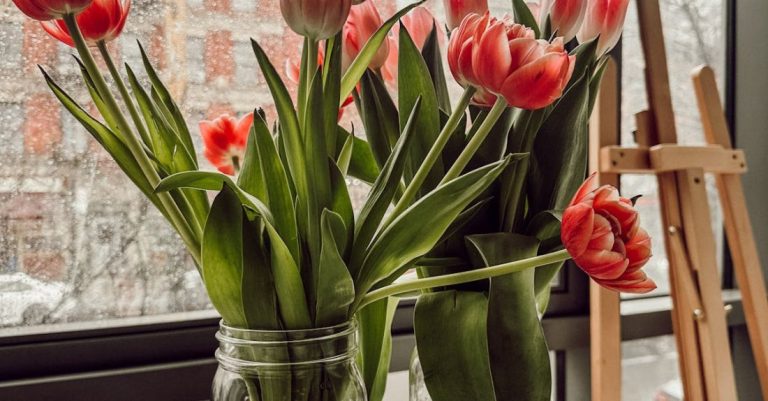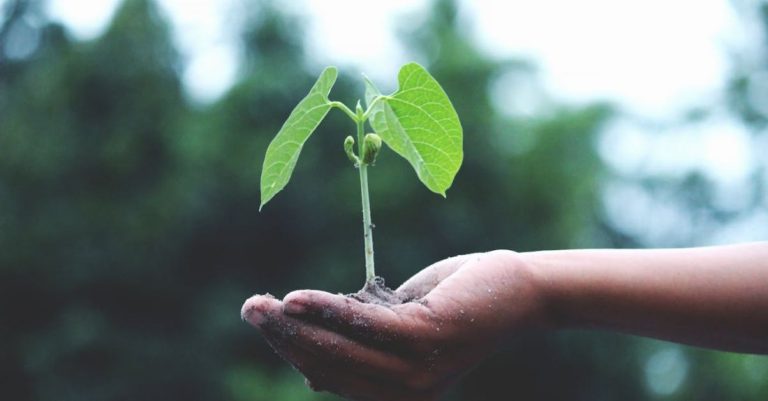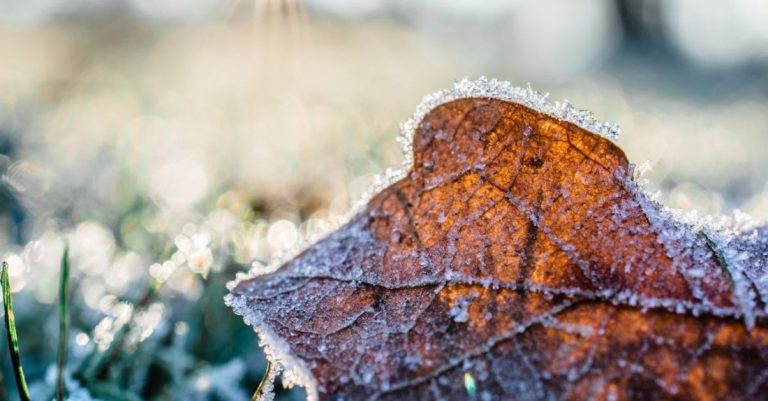
Low-light conditions can pose a challenge for indoor plant enthusiasts, but fear not, there are plenty of plant options that thrive in such environments. Whether you have a dimly lit room or simply want to add some greenery to a space with minimal natural light, there are several plants that can brighten up your home while requiring little to no sunlight. Let’s explore some of the best low-light plants for indoors that are sure to add a touch of nature to your space.
**Peace Lily**
The Peace Lily, with its elegant white blooms and deep green leaves, is a popular choice for low-light environments. This plant is known for its air-purifying qualities, making it a great addition to any indoor space. Peace Lilies require minimal care and only need to be watered when the soil feels dry to the touch. They are a great option for those looking to add a touch of beauty to their home without the need for direct sunlight.
**Snake Plant**
The Snake Plant, also known as Mother-in-Law’s Tongue, is a hardy plant that thrives in low-light conditions. Its tall, upright leaves add a modern touch to any room, making it a popular choice for indoor spaces. Snake Plants are known for their air-purifying properties and their ability to thrive with minimal care. They only need to be watered sparingly, making them an excellent choice for those with a busy schedule.
**ZZ Plant**
The ZZ Plant is another low-light favorite, thanks to its ability to thrive in almost any lighting condition. This plant has glossy, dark green leaves that add a touch of elegance to any space. ZZ Plants are incredibly low maintenance and can survive with minimal watering. They are a great choice for beginners or for those looking to add a touch of greenery to a room with little natural light.
**Cast Iron Plant**
As the name suggests, the Cast Iron Plant is incredibly tough and can withstand low-light conditions with ease. This plant has dark green, strappy leaves that add a lush vibe to any room. Cast Iron Plants are known for their resilience and ability to thrive in less-than-ideal environments. They require minimal care and can go for long periods without water, making them a great choice for those who tend to forget about their plants.
**Parlor Palm**
The Parlor Palm is a classic choice for low-light environments, thanks to its graceful fronds and air-purifying qualities. This plant adds a tropical touch to any space and can thrive in indirect sunlight or low-light conditions. Parlor Palms require regular watering but can tolerate periods of drought, making them a versatile option for indoor spaces.
**Spider Plant**
The Spider Plant is a popular choice for low-light environments due to its ability to thrive in various lighting conditions. This plant has long, arching leaves with white stripes, adding a unique touch to any room. Spider Plants are easy to care for and only need to be watered when the soil is dry to the touch. They are known for their air-purifying properties and are a great choice for those looking to add a touch of greenery to their home.
**Conclusion: Bringing Life to Your Low-Light Space**
Bringing life to a low-light space is easier than you think with the right plants. By choosing low-light tolerant plants such as Peace Lilies, Snake Plants, ZZ Plants, Cast Iron Plants, Parlor Palms, and Spider Plants, you can add a touch of nature to your home without the need for direct sunlight. These plants not only thrive in low-light conditions but also offer air-purifying qualities, making them an excellent choice for indoor spaces. So, brighten up your space and enjoy the benefits of having greenery indoors with these best low-light plants.





